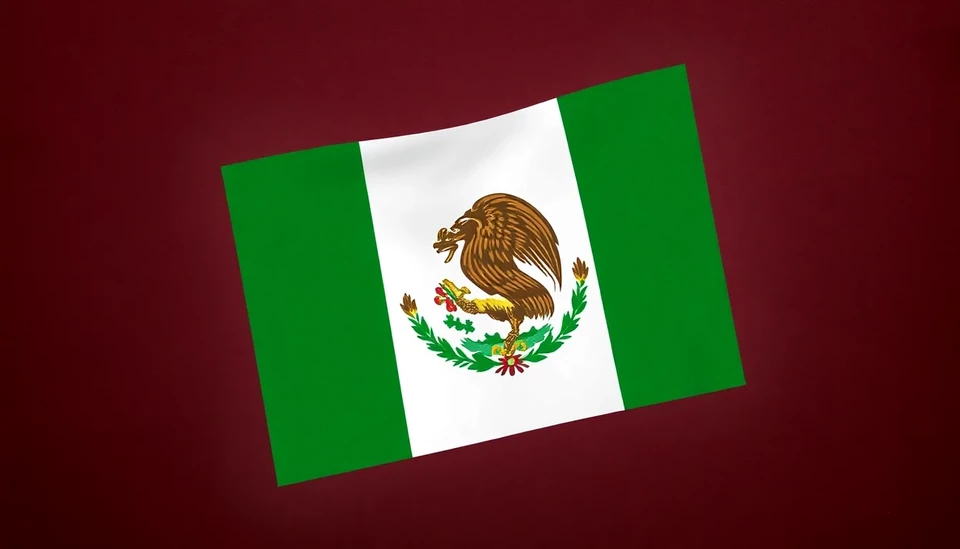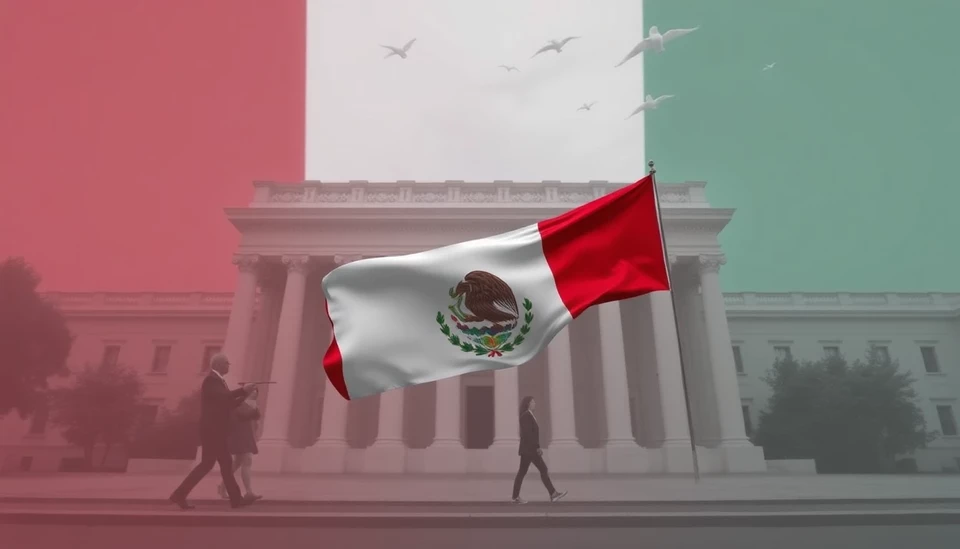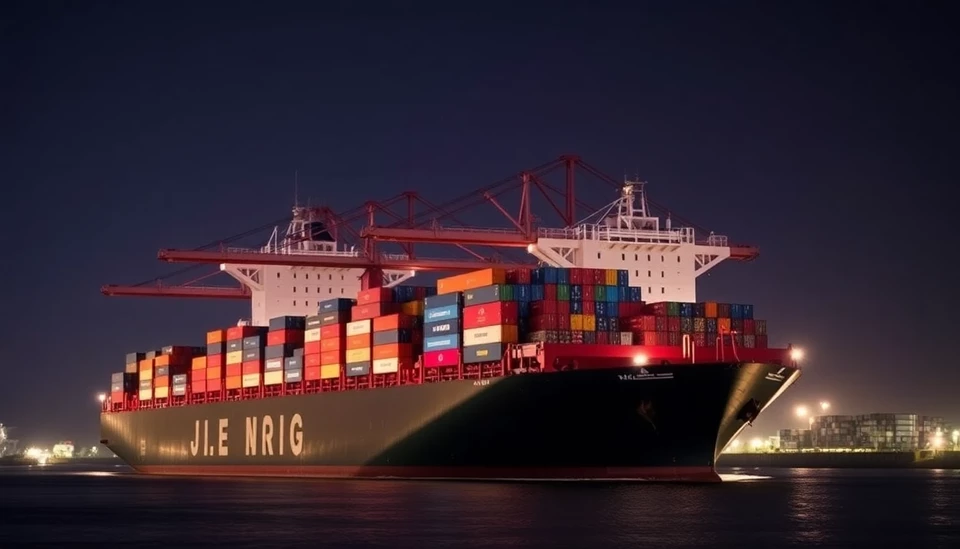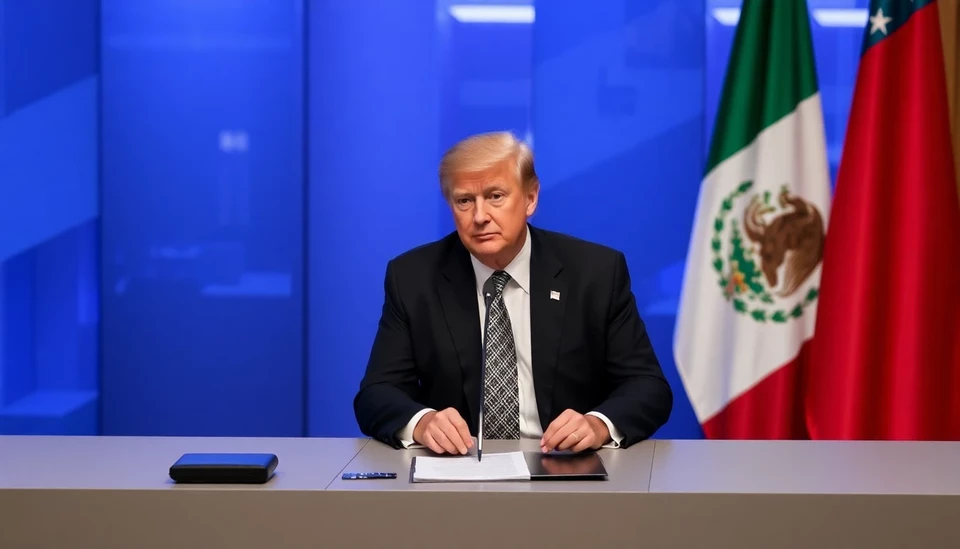
In a bold move, Mexico is recalibrating its trade strategies to counter the potential repercussions of United States tariffs under the Trump administration. As economic relations evolve and international trade dynamics shift, Mexico is keen on minimizing the impact that tariffs could impose on its economy, particularly those stemming from the ongoing tensions between the US and China.
Reports from various sources indicate that Mexico is redirecting its focus towards enhancing trade relationships with China. By doing so, Mexico aims to decrease reliance on American imports and exports, which had previously contributed to a significant portion of its economic landscape. The proposed strategy to bolster trade with China comes as a direct response to anticipated trade policies and tariff structures that the Trump administration may pursue, especially as the election approaches.
The Mexican government has begun engaging in discussions with Chinese officials to explore ways to expand bilateral trade agreements. These agreements could involve sectors such as technology, agriculture, and manufacturing, all of which are pivotal for driving Mexico's economic growth. By diversifying its trading partnerships, Mexico hopes to create a buffer against the uncertainty of US trade policies and potential economic fallout resulting from heightened tariffs.
Furthermore, these discussions highlight Mexico's eagerness to showcase its role as a global trade partner. The government is actively seeking to attract foreign investment from China while also promoting its own exports to the Asian giant. This move not only serves to stimulate Mexico's domestic economy but also positions the country as a competitive player on the international stage.
The shift towards China may also reflect Mexico’s concern over the stability of NAFTA—the North American Free Trade Agreement—and its potential transformation under a Trump administration. By strengthening ties with China, Mexico aims to secure alternative trade routes and ensure that it remains economically viable, regardless of the outcomes in North America.
Experts argue that this pivot is not without its challenges. Mexico will need to navigate complex international trade laws and foster a robust framework for cooperation with China, which has its own distinct trading practices. Despite these hurdles, the overarching sentiment is that establishing a strong relationship with China could provide critical economic benefits for Mexico in the long run.
As Mexico embarks on this strategic pivot towards Asia, it remains to be seen how this will reshape not only its trade policies but also its geopolitical stance in North America and beyond. The implications of this shift could have lasting effects on both the Mexican economy and its relationship with the United States as it prepares for a new wave of trade negotiations.
The unfolding scenario exemplifies the interconnectedness of global economies and highlights the need for countries like Mexico to adapt swiftly to external pressures while seizing new opportunities that arise in the ever-evolving marketplace.
As trade talks progress and new agreements are formulated, all eyes will be on Mexico to see how effectively it can rebound from potential tariff issues and strengthen its economic position through newfound alliances.
#Mexico #TradeStrategy #USTariffs #China #EconomicGrowth #GlobalEconomy
Author: Laura Mitchell




